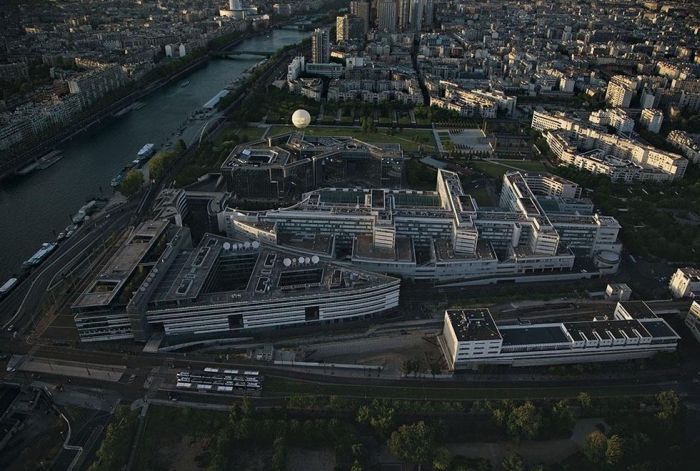|
|
Bird's-eye View Of Paris, France
|
Few of the above changes have taken into account Paris' existence as an agglomeration. Unlike in most of France's major urban areas such as Lille and Lyon, there is no intercommunal entity in the Paris urban area, no intercommunal council treating the problems of the region's dense urban core as a whole; Paris' alienation of its suburbs is indeed a problem today, and considered by many to be the main causes of civil unrest such as the suburban riots in 2005. A direct result of these unfortunate events is propositions for a more efficient metropolitan structure to cover the city of Paris and some of the suburbs, ranging from a socialist idea of a loose "metropolitan conference" (conférence métropolitaine) to the right-wing idea of a more integrated Grand Paris ("Greater Paris").
One of the main reasons for such incoherence has been the fear felt by the French State in front of such a huge agglomeration and the desire to tap its wealth. Since the Middle Ages and particularly since the 1649 troubles (La Fronde), Paris has been considered as a source of danger. The authoritarian king Louis the XIVth built Versailles as a new political center, away from the dangerous city crowds. The conflict between the State and the City reached a climax with the Revolution of 1871 (La Commune) : the French Assembly in Bordeaux decided Paris would no longer be the capital city, while the Paris Commune discussed declaring Paris independent of France. Since then, one of the foundations of the centralized French State has been to widely distribute Paris wealth while depriving the agglomeration and keeping it divided into 8 departments and 1 200 communes. From the 22 metropolitan French regions, 19 are regularly subsidized, mostly by Paris resources, while Paris suburbs lack necessary equipment.
|
|









